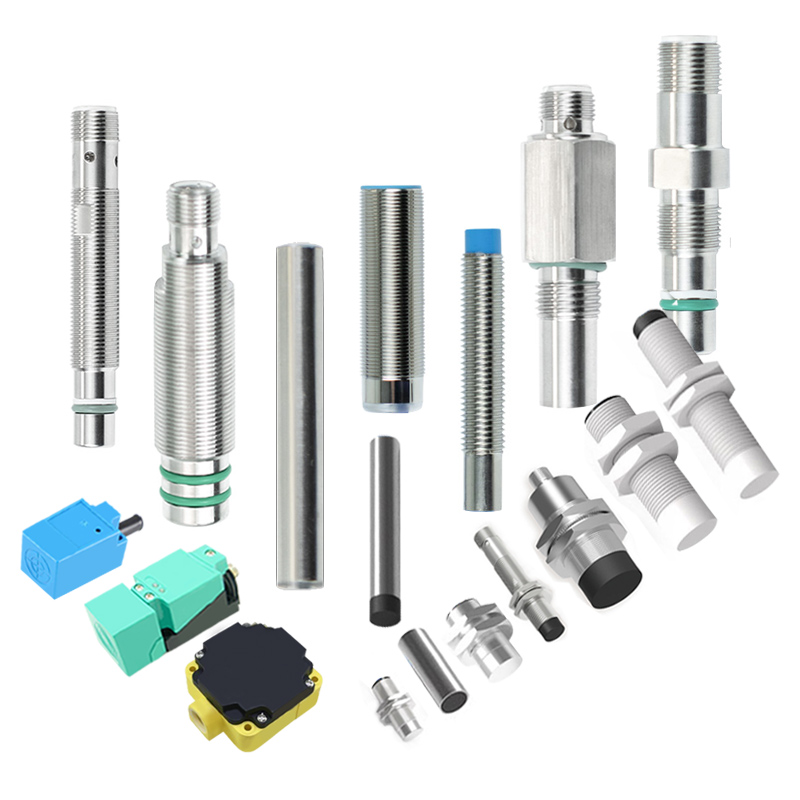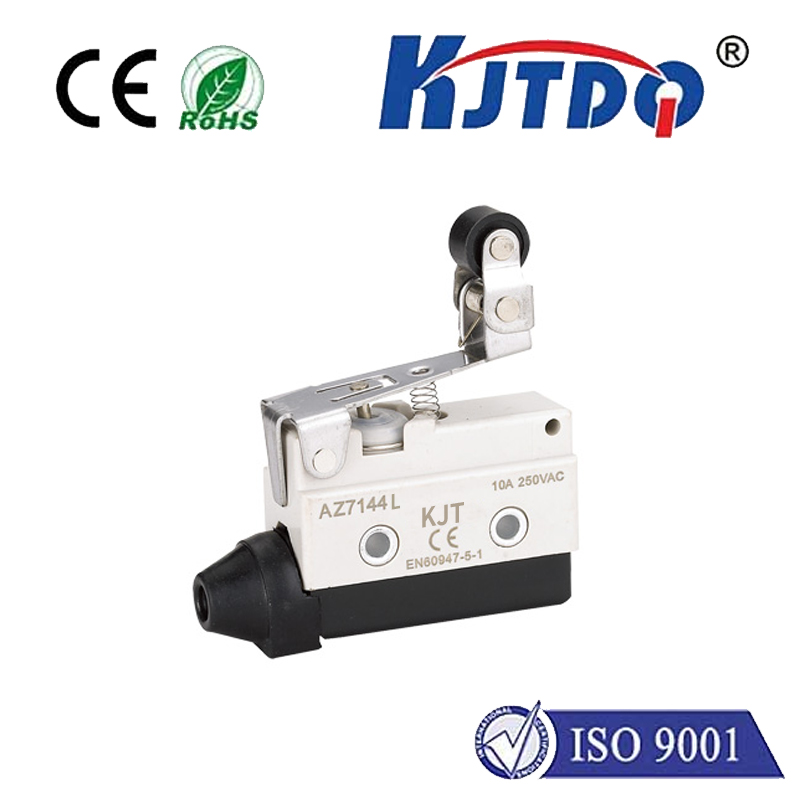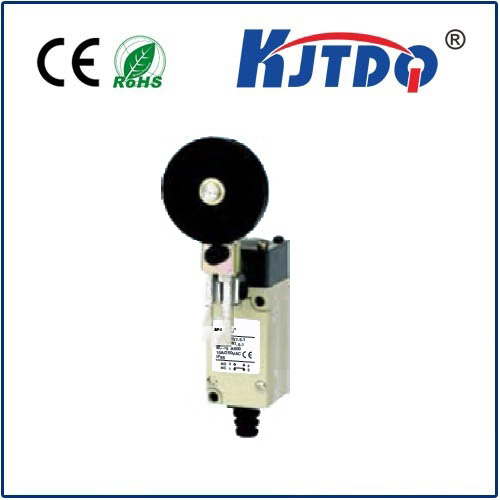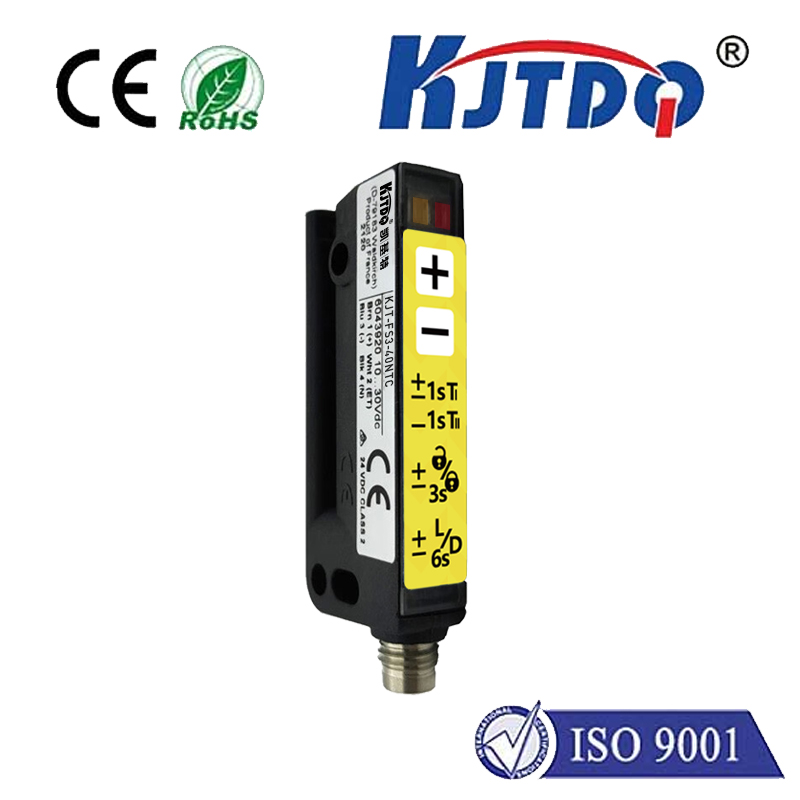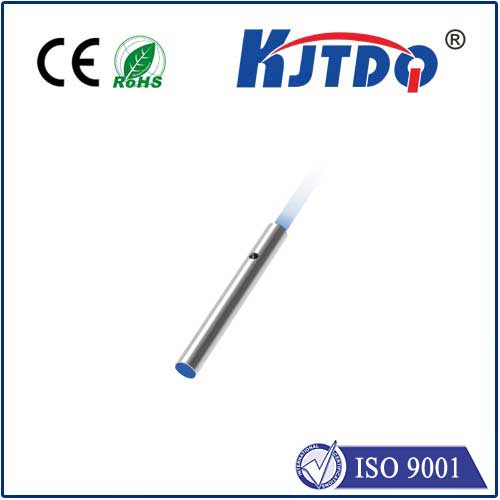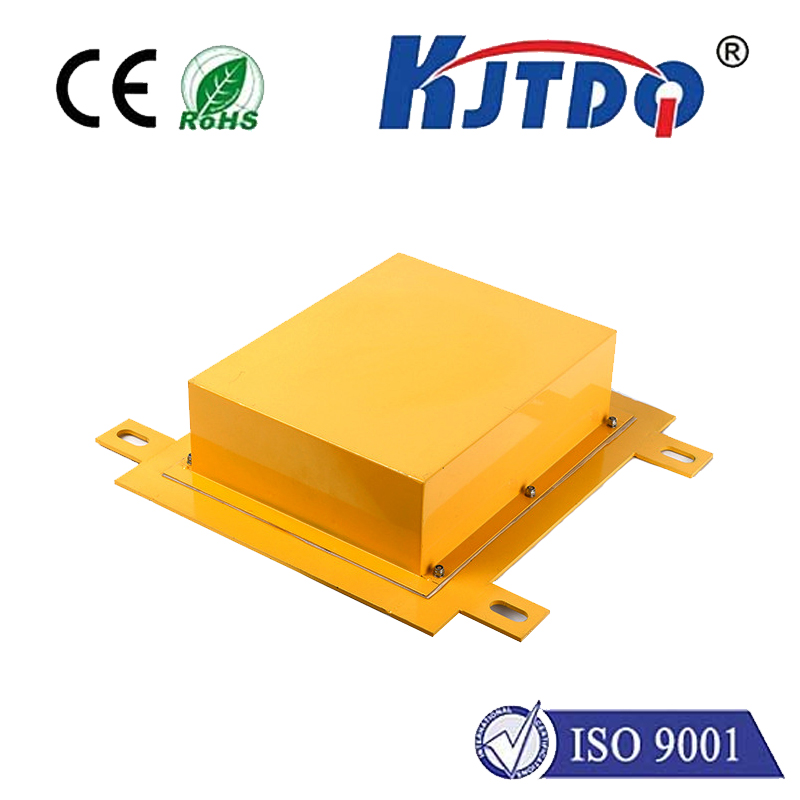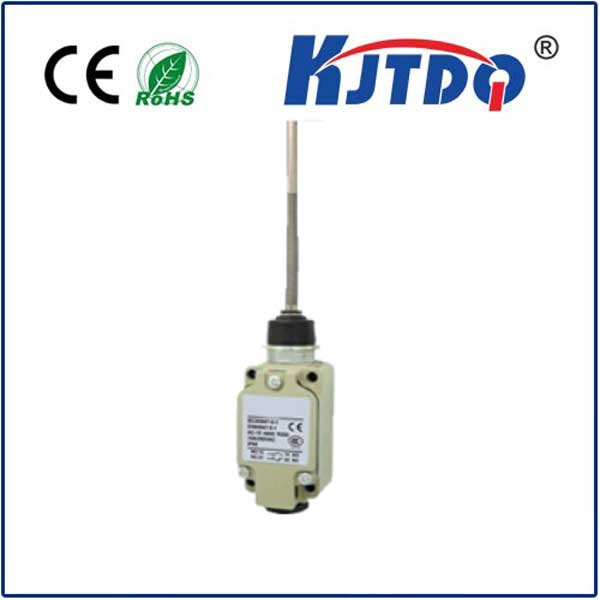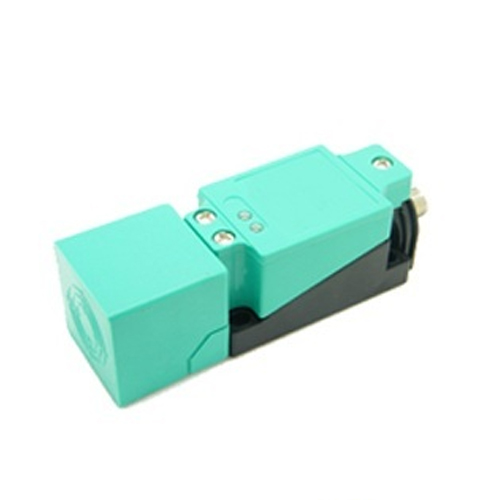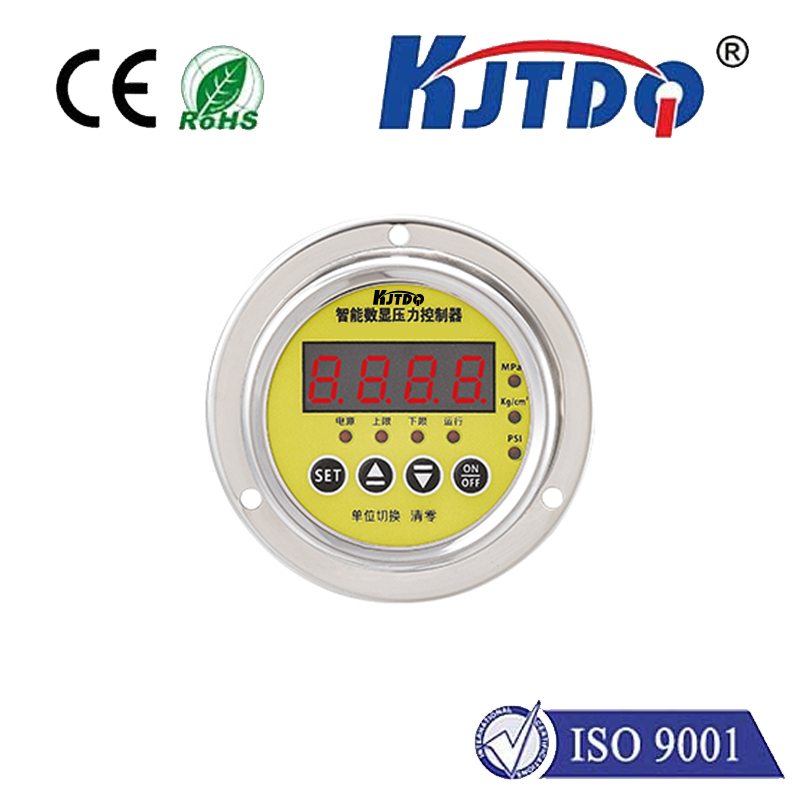

check

check

check

check

check

check

check

check

check

check
Proximity switches play an important role in industrial automation, used to detect the approach or departure of objects and implement corresponding operations by transmitting signals to the control system. Different proximity switch types have different designs and operating principles, including unshielded proximity switches and shielded proximity switches. This article will explore the differences between the two and their advantages and disadvantages in industrial applications.
A shielded proximity switch means that its sensing coil is buried inside the copper shell on the surface of the sensor, that is, the sensor probe cannot be exposed on the metal mounting bracket. This design helps protect the coil from external electromagnetic interference. Due to the shielding of the coil, the shielded proximity switch can work reliably in harsh working environments because its sensing head will not be interfered by external metal parts. For example, when the mechanical equipment is moving, the embedded suction cup is easily damaged by the movement of the mechanical equipment head. Therefore, shielded proximity switches are suitable for applications that require use in environmentally unfriendly scenarios where interference is possible.
The unshielded proximity switch means that the proximity switch induction coil and magnetic slot are not shielded in front of the copper shell, that is to say, the induction head must be exposed on the metal mounting bracket. This design makes the unshielded proximity switch more suitable when the detection area is large. Compared with shielded proximity switches, unshielded proximity switches have a longer detection distance and can detect distant objects more easily. However, due to the lack of shielding, unshielded proximity switches may experience false alarms or signal instability in the presence of environmental interference.
Generally speaking, shielded proximity switches and unshielded proximity switches have their own advantages and applicable scenarios. Selecting a suitable proximity switch depends on the requirements and environmental conditions of the specific application. In environments where higher anti-interference performance and reliability are required, such as in workplaces where other electromagnetic equipment or power supplies are present, shielded proximity switches can provide more reliable operating stability. However, in scenarios where the detection range is large and strong anti-interference capability is not required, an unshielded proximity switch may be more suitable.
